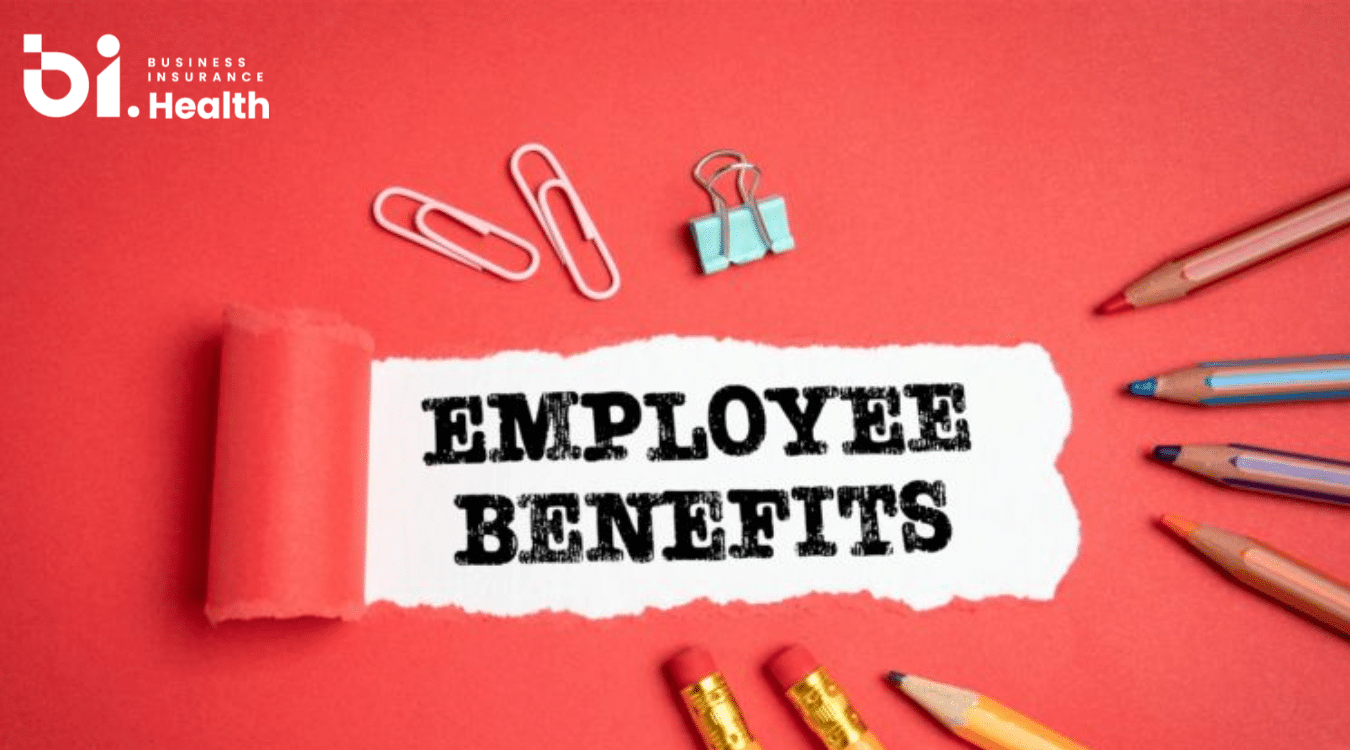When margins are thin, losing even one seasoned employee can stall projects, stretch workloads, and derail growth targets. Gallup’s 2024 State of the Global Workplace report shows that global employee engagement declined to 21% in 2024, with managers experiencing the largest drop. The unseen cost of burnout over time for remaining staff, delayed deliverables, and eroding client trust quickly eclipses any savings achieved by skimping on support.
Spotting employee burnout signs early and using benefits analytics to address root causes shifts your organization from reactive churn to proactive retention, safeguarding both people and profit.
The Cost of Ignoring Employee Burnout Signs
It rarely begins with a resignation letter. First, the reliable account lead skips a client follow-up. A designer asks for a deadline extension “just this once.” Within weeks, teammates patch the gaps and rack overtime that swells payroll without lifting revenue. Then the hidden expenses surface, rush fees for freelancers, discounts offered to placate annoyed customers, onboarding costs for new hires who learn in months what veterans knew by heart. Projects stall, morale tilts from enthusiastic to wary, and growth plans pause while managers scramble to fill holes.
Burnout, left unchecked, doesn’t just dent culture; it drains cash in ways a spreadsheet won’t label until after the damage is done. Catching the early signs is less about wellness and more about protecting every operational line that keeps a small business moving.
Left alone, burnout compounds. As key contributors disengage, their knowledge leaves daily workflows, forcing remaining staff to reinvent processes that once ran on instinct. Decisions are slow because no one feels energetic enough to propose bold options, and cautious consensus replaces decisive action. The business begins to miss opportunistic bids or product-launch windows it would have seized months earlier.
By the time finance notices mounting recruitment invoices, the real loss has already hit: momentum traded for survival mode. Spotting employee burnout signs early through pulse surveys, benefits-utilization data, and one-to-one check-ins can preserve that momentum and keep strategic projects on track.
Why Identifying Employee Burnout Signs Is Critical for Small Businesses
Small companies run lean. One disengaged employee can slow an entire project, and two can stall growth plans for a quarter. Early recognition of employee burnout signs, therefore, protects cash flow as surely as any budget review.
Hidden Costs of Ignoring Employee Burnout Signs
Burnout shows up first as uneven output. Tasks drift past target dates, error rates creep upward, and employee engagement metrics slip a few points each survey cycle. Managers may not flag these changes at once. Yet, the financial impact starts immediately: extra hours to fix mistakes, dissatisfied clients who need discounts, and overtime pay to cover delayed work.
Morale falls when high performers shoulder the slack; that frustration breeds resignation chatter. Recruiting replacements drains recruiting fees and onboarding time, erasing any short-term savings from a lighter benefits budget once promised.
How Burnout Signs Signal Impending Employee Turnover
Patterns tell the story. Rising sick‐day use, sharp drops in benefits participation, or sudden indifference to team goals often precede a resignation by several weeks. Tracking those behaviors with simple employee benefits analytics lets owners launch targeted employee retention strategies, redistributing workload, adding flexible days, or fast-tracking a learning stipend, before the exit is final. Early action converts silent risk into retained experience and lowers the long-term cost of replacing talent.
Common Employee Burnout Signs to Watch For
Burnout rarely declares itself in a single dramatic moment. It creeps in through small, trackable shifts, numbers, behaviors, and silences that add up to risk. Spotting those cues early lets you intervene long before a resignation letter lands on your desk.
Declining Employee Engagement Metrics
Numbers never lie. When once-steady engagement scores dip, it’s an early flare that your team is running on fumes. Pulse-survey participation falls. Slack conversations grow shorter. Project boards show tasks hanging in the “in progress” column longer than usual. Treat these data points as smoke before the fire. Step in with quick wins, swap a drawn-out weekly meeting for a stand-up, rotate deadlines, or let crews reset with a no-meeting afternoon. Small adjustments signal that leadership pays attention and values time, which helps arrest the slide.
Emotional Exhaustion and Decreased Productivity
Watch body language as closely as spreadsheets. Employees who used to ask follow-up questions now nod without making eye contact. They log off the second the clock strikes five, or stay late yet produce half their usual output. You might notice more typos, missed client details, or complaints about “foggy” concentration. Those are classic employee burnout signs. Before productivity flatlines, reassign heavy workloads, encourage real, not performative PTO, and pair team members for knowledge sharing so no one feels isolated with an impossible task list.
Disengagement with Employee Benefits
Burnout often shows up in silence. Gym stipends go unused, mental-health sessions aren’t booked, and once-popular lunch-and-learns sit half empty. Benefits that once drew excitement now land with a shrug. Use employee benefits analytics to spot sudden drop-offs in utilization.
Then ask one-to-one: “What would help right now?” Sometimes it’s simpler than a new perk, more flexible hours, a clear growth path, or a quick refresh of desk ergonomics. Meeting workers where they are prevents quiet quitting from becoming a formal resignation.
Using Employee Benefits Analytics to Predict and Reduce Employee Turnover
Most firms track claims for compliance, then file the report and move on. That same data set, read carefully, works like a dashboard light, flashing weeks before an employee decides to quit.
How Employee Benefits Analytics Predict Employee Burnout Signs
Look first at patterns, not single events. A customer-service rep who skips three scheduled dental cleanings may just dislike the dentist. Five people on the same team doing the same thing is different. Pair that with unused PTO, sudden declines in learning-budget requests, or a jump in after-hours email, and burnout is no longer a guess. You have evidence. Spotting that cluster early lets a manager pull the group aside, reset workload, or simply ask, “What’s changed?”
Leveraging Benefits Data to Improve Employee Retention Strategies
Once the warning lights appear, resist the urge to bolt on another perk. Data often points to a simpler fix, redistributing weekend shifts, offering two meeting-free mornings, or swapping a little-used vision benefit for a counseling stipend employees say they actually want. Small, specific changes cost less than blanket raises and feel personal, which lifts morale faster. Over the next review cycle, track whether benefits use rebounds. If it does, you just turned a spreadsheet insight into a working employee retention strategy.
Case Example: Small Businesses Reducing Turnover with Benefits Analytics
A ten-person architecture studio noticed its project coordinators hadn’t filed a single gym reimbursement claim in eight weeks, even though the firm paid 100%. Timesheets showed the same group logging extra hours on-site surveys. Leadership responded with a rotating remote-work Friday and a modest budget for ergonomic home-office gear.
Within two months, gym claims returned to normal, overtime shrank, and, most tellingly, no one left during the busy summer season, a first for the company. One hour of benefits data review saved an estimated $25,000 in recruiting and ramp-up costs.
Practical Strategies to Reduce Employee Turnover and Prevent Burnout
Small fixes beat sweeping reforms when they’re backed by numbers. Start with the data you already have, move quickly, and measure the result.
Optimize Your Employee Benefits Package Based on Analytics
Pull six months of employee benefits analytics. List every perk that hits less than 20 percent utilization, unused wellness stipends, forgotten vision credits, and stale gym memberships. Now, cross-check the list against pulse-survey comments. Drop benefits no one touches, then shift those dollars into what staff ask for: tele-therapy, childcare grants, or a richer HSA match. This swap keeps the budget flat but makes the package feel tailor-made, an essential step in employee benefits optimization.
Implement Data-Driven Employee Retention Strategies
Analytics also reveal pinch points in real time. A spike in PTO carry-over? Rotate workload before year-end burnout. Fewer logins to your learning portal? Offer a Friday half-day for skill-building. If exit interviews flag health costs, consider moving to a pooled-risk option like a PEO plan or a level-funded arrangement, both of which cut premiums while protecting coverage. Quick, targeted moves like these lower stress and reduce employee turnover without broad salary bumps.
Foster Stronger Employee Engagement Using Predictive Insights
Engagement dips rarely fix themselves. Use predictive signals, late survey responses, declining perk use, and persistent after-hours emails to act sooner. Pair managers with HR for ten-minute stay interviews: one question on workload, one on growth, and one on benefits. Document concerns, then adjust. Bring in micro-perks that matter now: a quarterly wellness stipend, a mentor match, and a “no-meeting Wednesday.” Each small win lifts employee engagement metrics, curbs burnout, and keeps valued people on board.
How BusinessInsurance.Health Helps Businesses Spot Employee Burnout Signs Early
BusinessInsurance.Health (BIH) turns routine benefits data into an early-warning dashboard. Their platform pulls utilization records, from medical claims to wellness stipends, and layers them with pulse-survey scores and time-off trends. Predictive models flag quiet shifts in these numbers, giving owners a heads-up before burnout spreads or valued staff resign.
Once risk pockets surface, BIH recommends precise adjustments: reshaping plan design, adding low-cost mental-health options, or shifting to pooled-risk solutions like PEO or level-funded coverage. Every step is data-backed, easy to implement, and measured for impact, so you reduce turnover and lift engagement without guessing or bloating budgets.
Schedule your free benefits analytics consultation with BusinessInsurance.Health today and learn how to identify employee burnout signs early, optimize your benefits strategy, and cut costly turnover before it starts.







